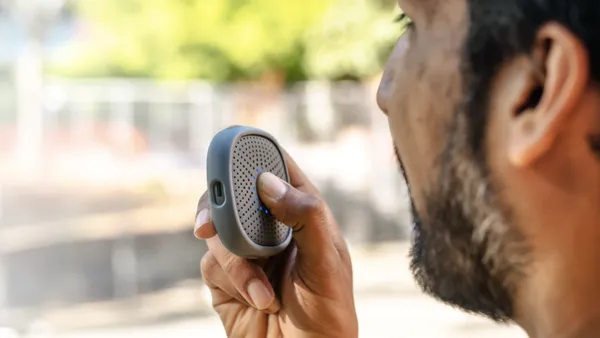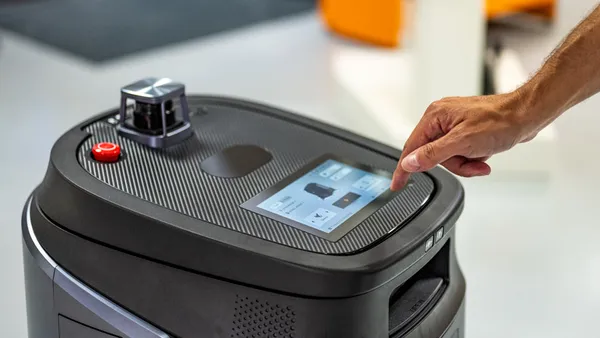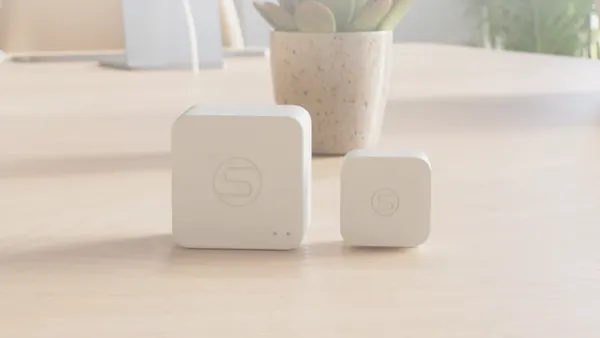Dive Brief:
- More than two-thirds of cloud video surveillance cameras with license plate recognition are used for parking applications, while only 10% are used for security, according to a report by video management system provider security camera firm Eagle Eye Networks. Operations applications were cited by 22% of users.
- The study analyzed data from 200,000 security cameras across 100 countries connected to the company’s VMS. The study found that only 10% of enterprises are using surveillance camera license plate recognition tracking technology for security.
- The parking uses of license plate recognition include access control, payment and enforcement and occupancy monitoring, the report states. Sixty-eight percent of respondents stated that they use the technology to manage access, payments, parking enforcement and occupancy monitoring, Eagle Eye noted.
Dive Insight:
License plate recognition is used for access control in 67% of applications, with the other 33% of surveyed users capturing license plate data without a gated stopping point, or “free flow.” That reflects a growing trend of surveillance camera use in license plate monitoring, according to Eagle Eye, with video surveillance security cameras utilizing artificial intelligence to detect vehicles 72% of the time in the Americas, the report states.
AI technology within video surveillance is used to detect people 24% of the time in the Americas, according to a 24-hour snapshot of searchable object detection across the surveyed cameras, compared with 37% of the time in Europe.
Although audio recording adds an extra layer of security information to video surveillance, the technology decreased in adoption in 2022, after years of increases. The percentage of security cameras with audio recording enabled dropped to 5.7% in 2022 compared with 7.2% in 2021, the report states. The firm attributed this decline to limitations related to two-party audio recording consent laws in many states and the General Data Protection Regulation in the EU.
The report looked at four categories of analysis for surveillance camera data: crossing, intrusion, counting and loitering. Crossing, which it defines as identifying when a person or vehicle crosses a marked line, and intrusion, flagging when someone enters a designated area, are the most commonly used analytics, it says. Next on the list is counting, which is typically used to monitor service quality or ensure safety and is deployed about half as often as crossing and intrusion analytics.
Eagle Eye also reported an increasing adoption of higher-resolution cameras, specifically cameras of four megapixels or higher. Their use jumped 250% year over year, opening the door for new uses of AI technology, it said.
Regarding video storage, the report states that large enterprises are increasingly opting for hybrid models, utilizing both cloud and on-premise video retention strategies.













